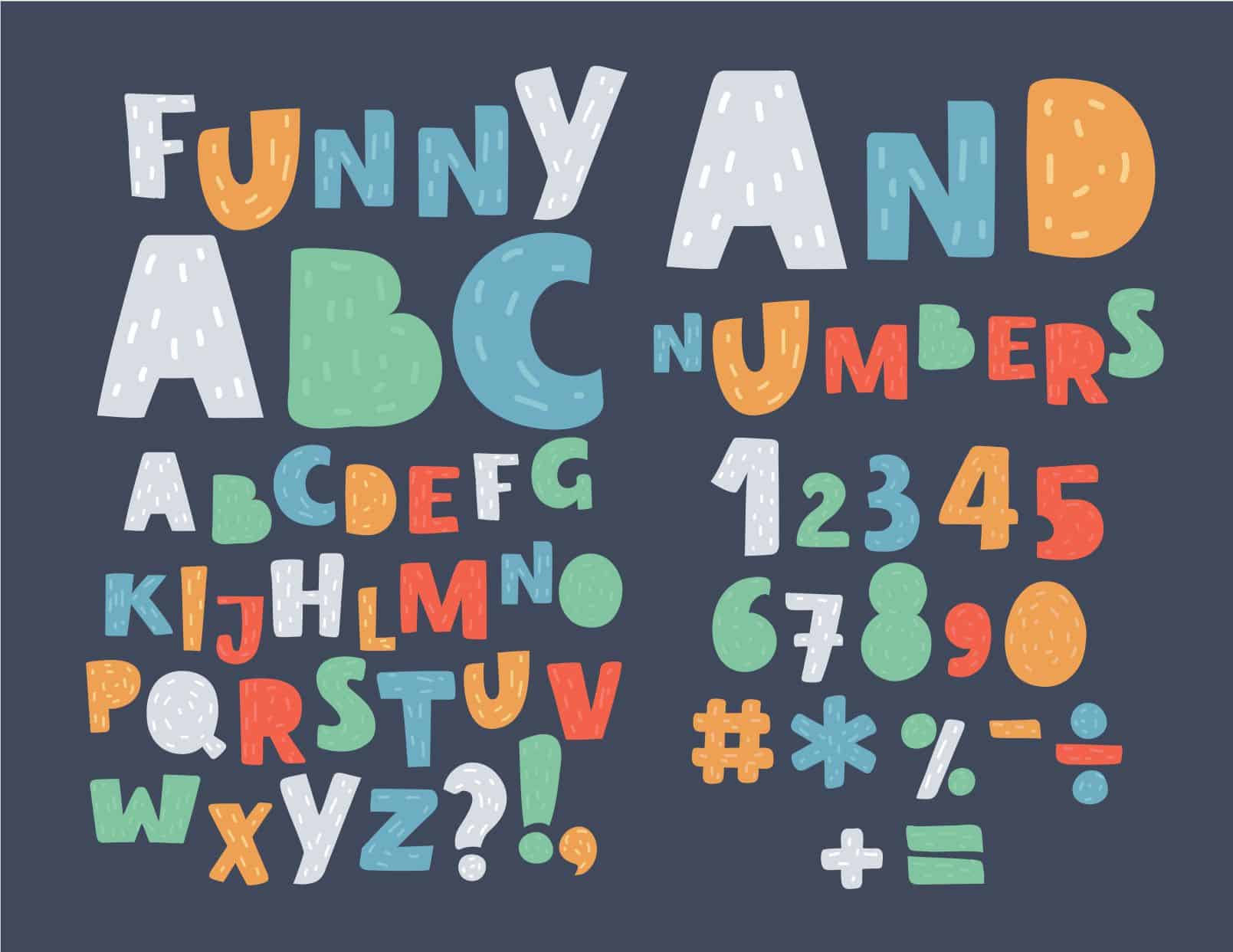Parlare di numeri in inglese
Credo sappiate tutti pronunciare i numeri in inglese, ma non è altrettanto semplice parlare di date, di risultati di una partita di calcio, di soldi, o di numeri decimali. Iniziamo dalle basi: come si dice “zero” in inglese?
ZERO
___
Ci sono diversi modi per pronunciare la cifra e, a seconda del contesto, “zero” sarà da inserire all’inizio o alla fine di una frase:
🔸 ZERO Usato per leggere i decimali, la temperatura, le percentuali.
Esempi:
- 0,25= zero point two five/zero point twenty-five
- 0°= zero degree
- 15°= fifteen degrees below zero
- 0.5% = zero point five percent
🔸 O (lettera dell’alfabeto) Usato per leggere i numeri di telefono, gli anni, l’orario, indirizzi.
Esempi:
- 340 702510 = three four o (ou) seven o two five one o
- 2005= twenty o five
- It’s 20.05 = it’s twenty o five
- 4203 Russell Street= fourty-two o three
🔸 Nil Usato per dire il risultato di una partita di calcio
- 2 – 0 = two nil
- 0 – 0 = nil nil
🔸 Nought Usato per leggere i decimali *
- 0,25= nought point two five / nought point twenty-five
* Per i decimali si può usare “nought” o “zero”
I NUMERI DECIMALI
___
Nei numeri decimali la virgola in inglese si legge “point”.
2,05 two point zero five
7,8 seven point eight
12,50 twelve point fifty
LE OPERAZIONI MATEMATICHE
___
+ plus
– minus / take away
x multiplied by / times
/ divided by
= equals / makes
___
2 + 1 = 3 two plus one equals / makes three
5 – 3 = 2 five minus three equals two / five take away three equals two
2 x 3 = 6 two multiplied by three equals six / two times three equals six
6 / 3 = 2 six divided by three equals two
LE FRAZIONI
___
Le frazioni si leggono come in italiano. Il numeratore con il numero cardinale e il denominatore con quello ordinale. Vi dovete solo ricordare che al numero ordinale si aggiunge una “s” se il numeratore p un numero maggiore di uno.
3/8 three-eighths
5/16 five-sixteenths
7/8 seven-eighths
1/32 one thirty-second (qui per esempio non si aggiunge la “s” perché il numeratore è pari ad 1)
1/4, 3/4 one-quarter, three quarters
1/3, 2/3 one third, two-thirds
1/2, 3/2 one-half, three halves
4 ½ four and one half
LE PERCENTUALI
___
Le percentuali sono semplici da pronunciare, perché banalmente si legge il numero seguito da “percent”.
37% thirty-seven percent
12% twelve percent
87% eighty-seven percent
3% three percent
LEGGERE I SOLDI
___
Notate la differenza nella lettura di questi esempi:
£43.35 forty-three pounds and thirty-five pence / forty-three thirty-five (il secondo è il modo, spesso abbreviato, usato dai native speakers)
£120.50 one hundred twenty pounds and fifty pence / one hundred twenty fifty (il secondo è il modo, spesso abbreviato, usato dai native speakers)
LEGGERE GLI ANNI
___
2014 twenty fourteen / two thousand fourteen
2008 twenty o (lettera) eight / two thousand eight
2000 two thousand
1944 nineteen forty-four / one thousand nine hundred forty-four
1908 nineteen o (lettera) eight / one thousand nine hundred eight
1900 nineteen hundred / one thousand nine hundred
1600 sixteen hundred / one thousand six hundred
1256 twelve fifty-six / one thousand two hundred fifty-six
1006 ten o (lettera) six / one thousand six
LE DATE
___
Le date si leggono sempre con i numeri ordinali e, tra il numero del giorno e il mese, si mette la preposizione “of”.
10/05/2019 It’s the tenth of May twenty nineteen
01/02/1945 It’s the first of February one thousand nine hundred forty-five
INOLTRE RICORDA…
___
1 su 5 = one out of 5
100 mph = one hundred miles per hour
___
📣 Conosci questi IDIOMS a tema NUMERI?
___
Fifty-fifty = dividere equamente – Shall we split the bill fifty-fifty?
Catch-22 = una situazione senza una vittoria – It’s a catch-22 situation
Nine times out of ten = quasi sempre – She’s late nine times out of ten
On cloud nine = molto felice – They won the match! I am on cloud nine!
___
Well, are you still at sixes and sevens (modo di dire che significa “essere confusi”)? Spero di no…alla prossima guys! 😉
